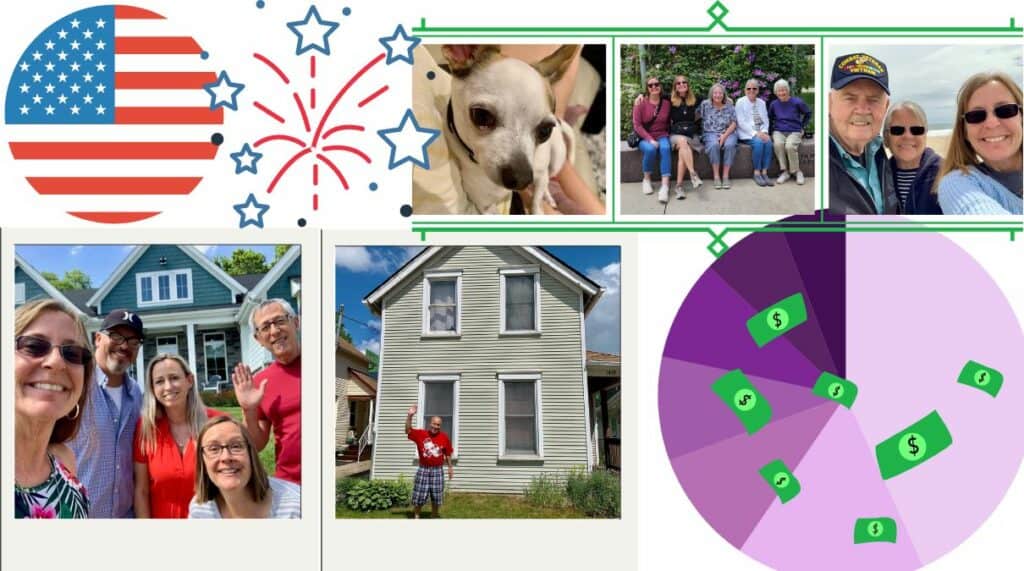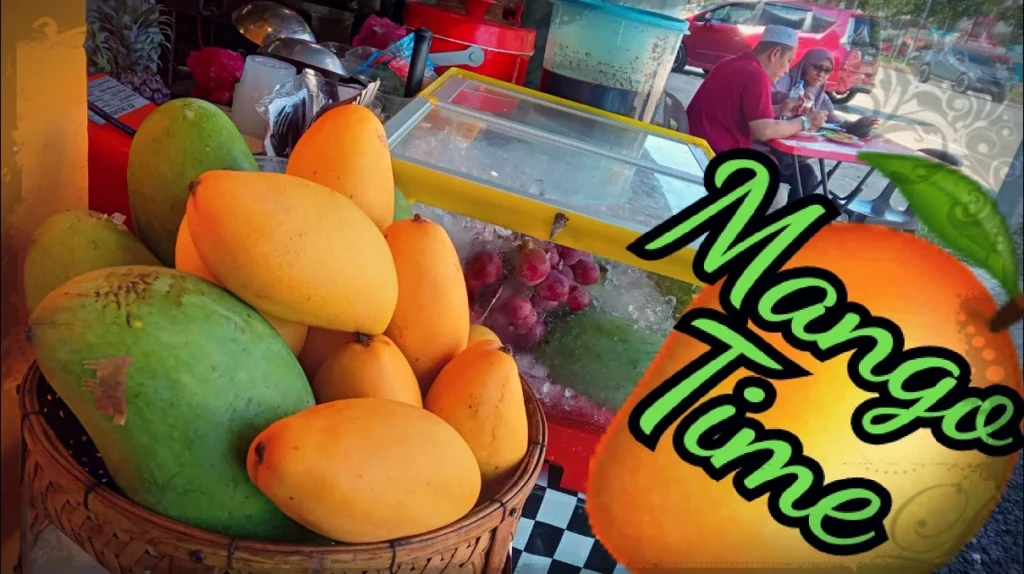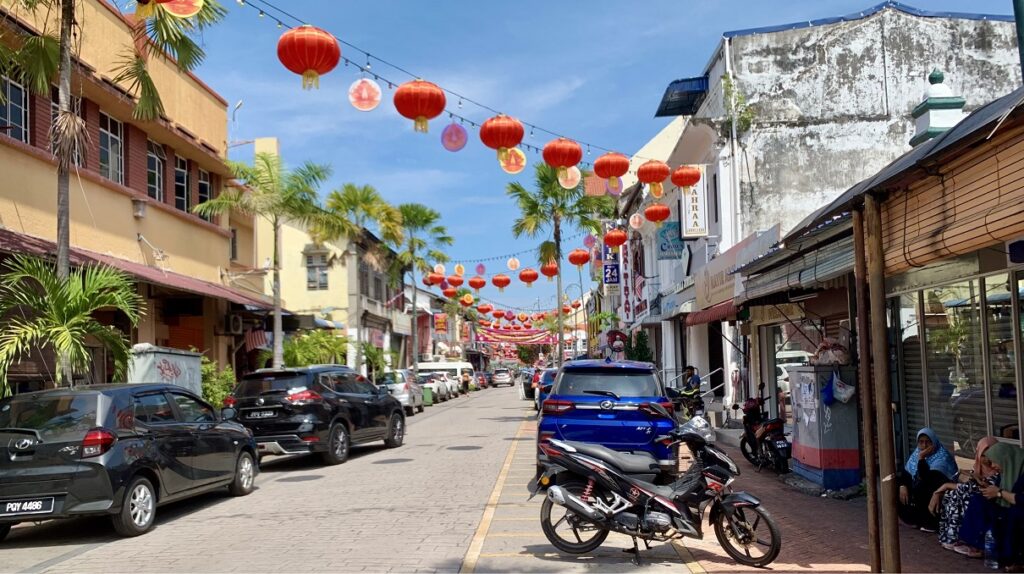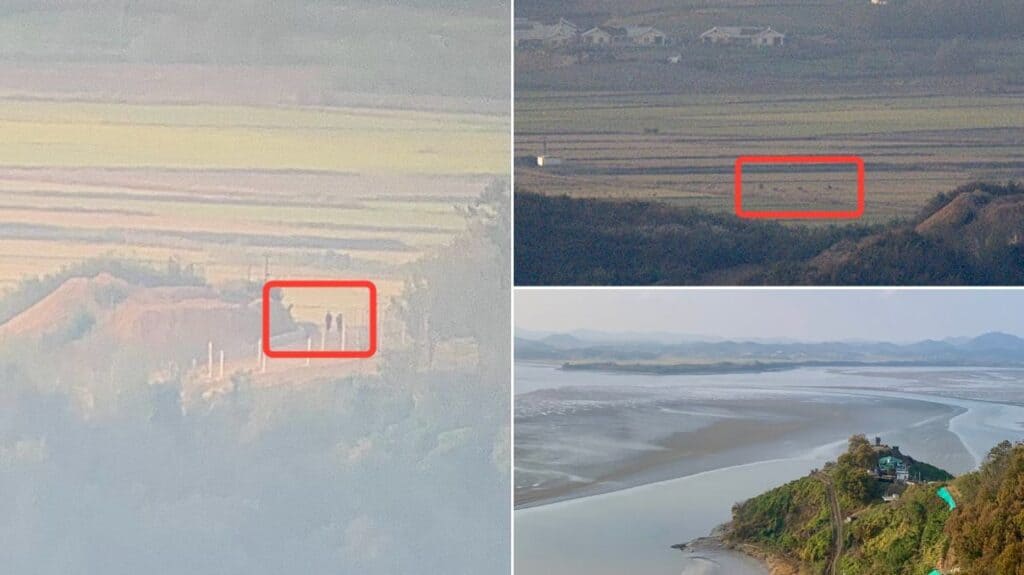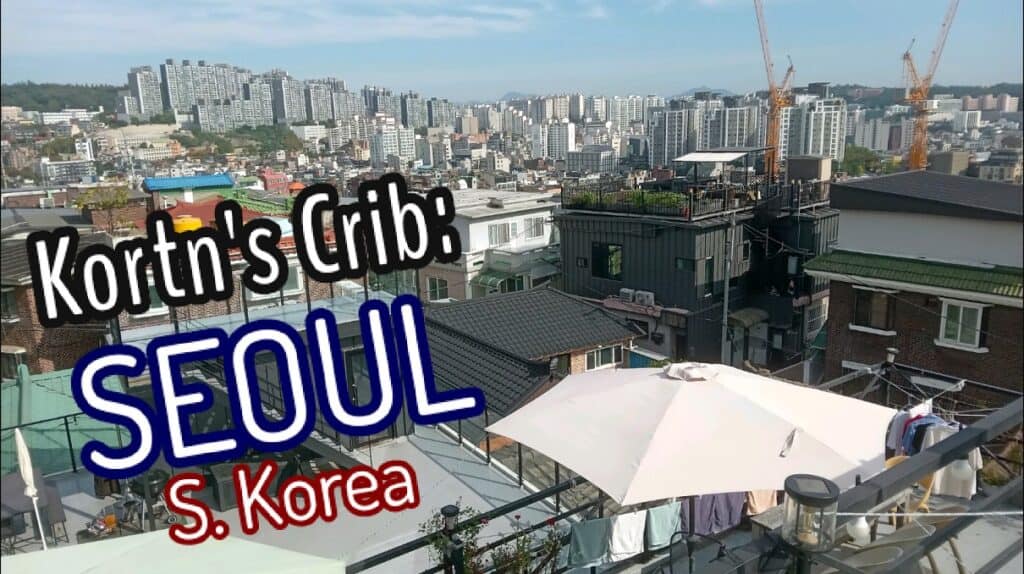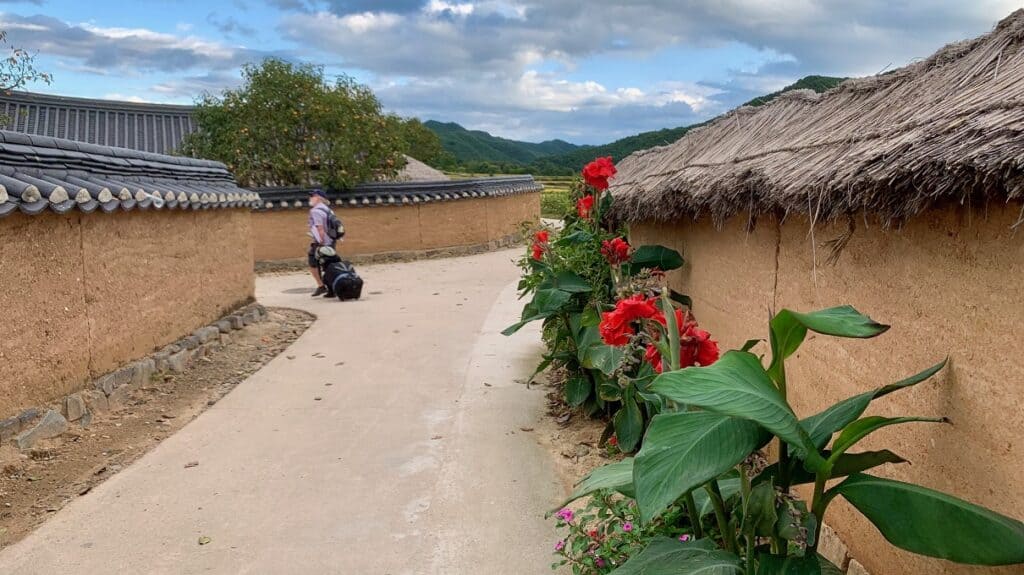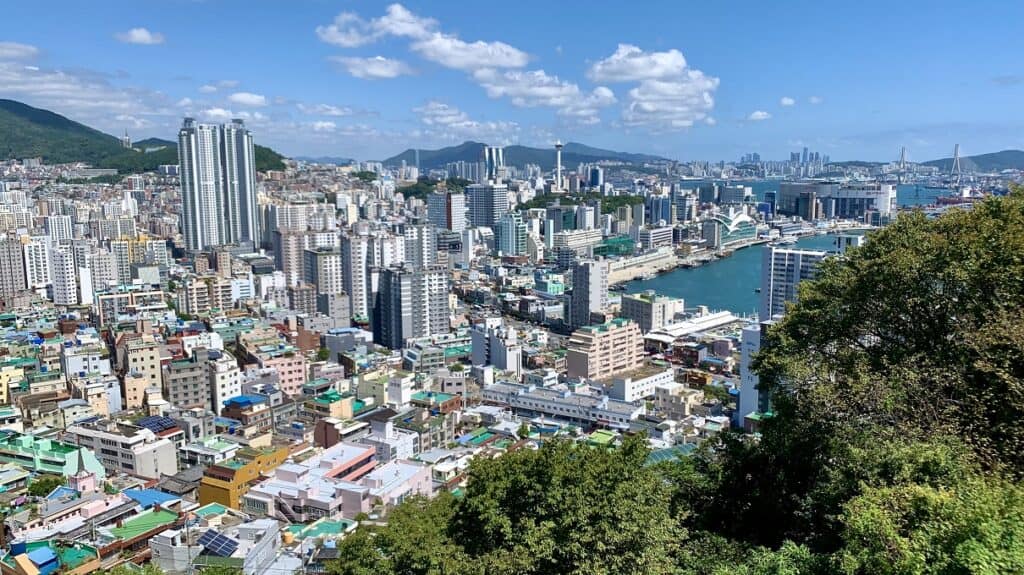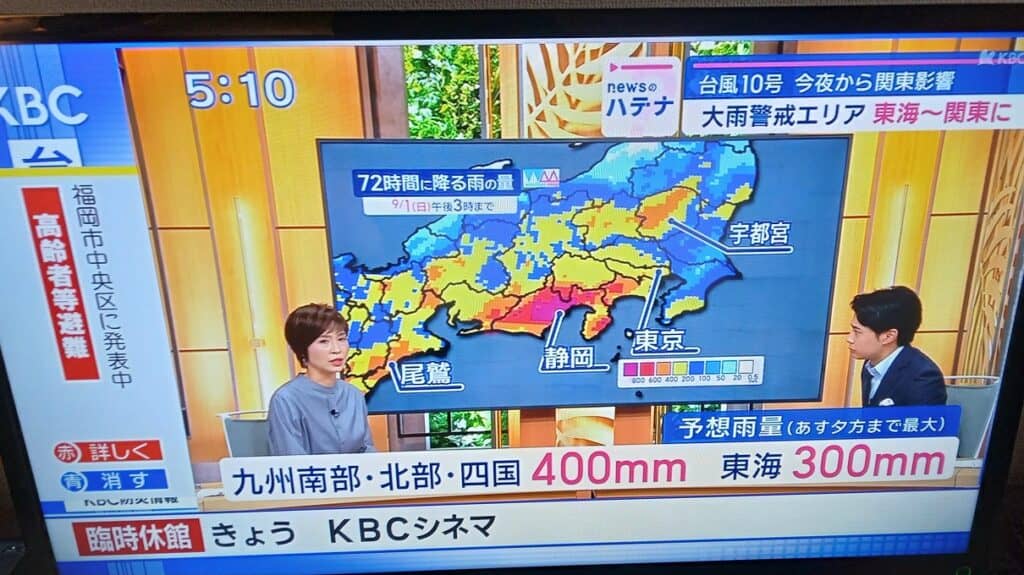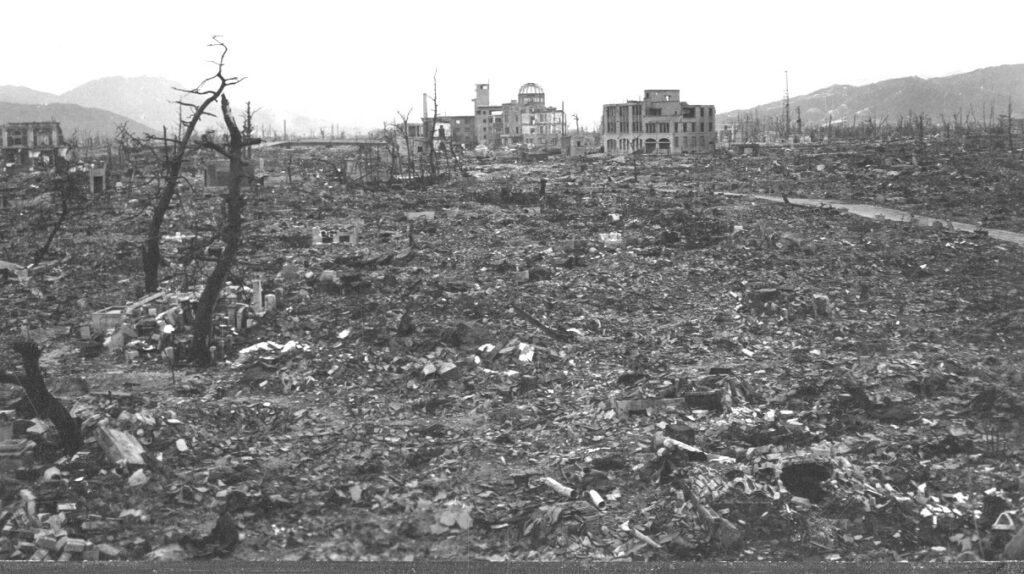As budget slow travelers in early retirement, we visit many countries that give Americans generous, months-long stays on tourist visas. But it was time for me to go home and visit family. This post shares my budget breakdown for a trip to the USA.
I went home for exactly two months. This breakdown is my spending for those two months — alone. Spouse Theo (Tedly) went to Thailand and then went to the Philippines while I was home.
Budgets are relative, and personal to your needs. We live an extremely comfortable life as budget slow travelers, without five-star hotels or posh apartment rentals. I don’t drink alcohol – that’s a big expense for many people. We also try to be generous with our money and make charitable donations to the people in areas where we visit.
Our budget in developing countries is $2,000 a month for two people. In developed nations, it’s $3,000 or higher. We have been mostly in developing countries since 2015.
Budget breakdown for a trip to the USA
By far the biggest expense was getting to the United States, and then getting back to the Eastern Hemisphere to rejoin Theo. Truthfully, airfare is always a huge expense, and it’s one reason we slow travel — meander a region or a country by bus, train, ferry as much as we can before we fly.
Related: Our ‘slow travel’ definition
The long-distance airfare was as decent as it can be because we watched prices for several weeks – different routes from different cities on different airlines. I booked each flight many weeks in advance.
I’ll highlight some more points on the category totals after the breakdown overview.
Expenses cover two full months – the length of time I was ‘home’.
The breakdown
$1,315 – long-distance travel (India to the U.S.; U.S. to Japan)
$800 – accommodations
$481 – groceries
$437 – restaurants
$426 – supplies
$349 – charity/gifts
$285 – excursions
$198 – local travel
Total: $4,291
Notes on category totals
On accommodations, staying with my family saved thousands of dollars when I wasn’t at our Cleveland residence with Theo’s family. My accommodations outside of Cleveland weren’t always with family, so that was my second largest expense.
The local travel category is for city buses and regional travel, including gas in cars I borrowed from my mother-in-law and my sister. Renting a car would have cost thousands of dollars for two months. Instead, I borrowed family cars some of the time. To get from New York to Ohio, I went overnight coach on Amtrak, which was cheaper than flying.
Excursions are for things like a convention I attended, and yoga classes at a city park. Family and friends pitched in for many ‘excursions’ – like movie outings and concerts. But while they might have bought concert tickets, I covered the VIP parking cost.
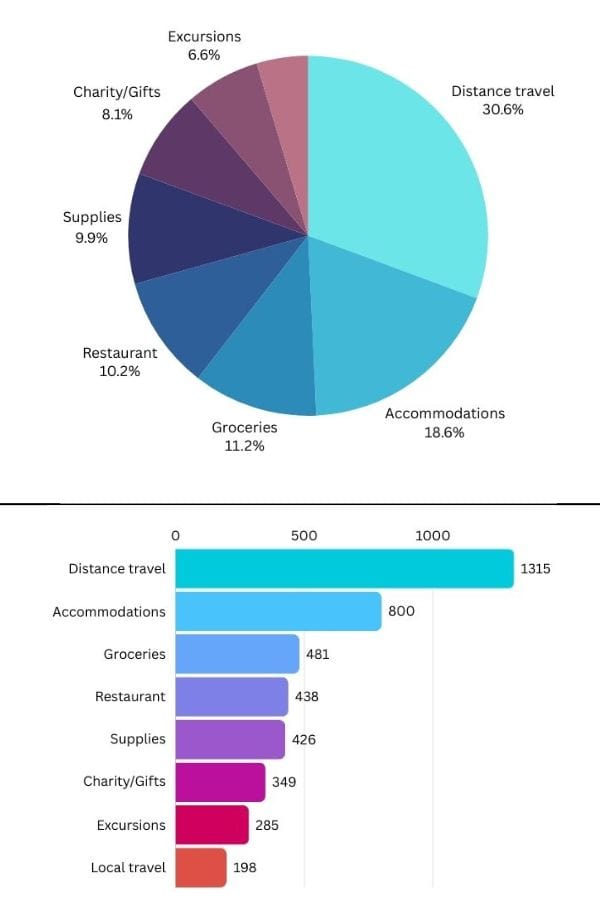
I contributed to the grocery bills for family who cooked for me and didn’t refuse my money. I also bought my own grocery necessities.
Supplies were frugally obtained. I needed a few key items that are impossible to find in Asia, where we have been for the majority of our travel since 2019. For example, I have new Teva sandals for just $50 on Amazon — they’re made for a Caucasian foot and they’re not too narrow. I bought clothing at thrift stores or on clearance in American sizing.
My dear parents bought me some travel pieces that have already come in handy – like a windbreaker and jogging pants I wore to the top of Mt. Fuji! Thanks Mom & Dad!
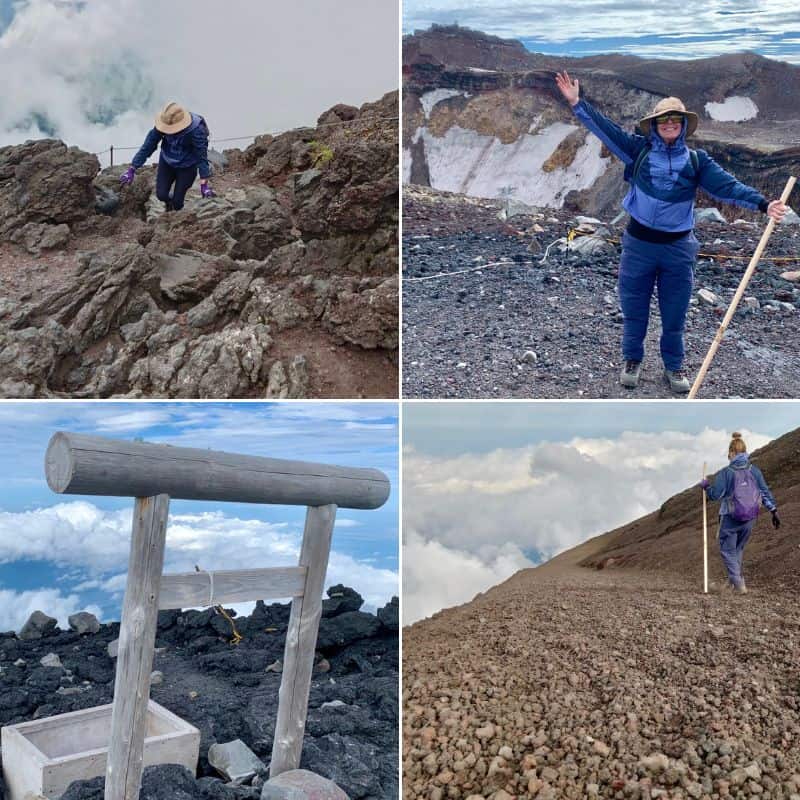
Another ‘supply’ expense was getting my Ohio driver’s license again. It had expired and and I had to start all over to reinstate it with the written test and then the driving test. Now, my new license is good for eight years – which wasn’t an option the last time.
Wonderful trip home!
I loved seeing so many loved ones and friends I hadn’t seen in ages.
I tried to be as fiscally responsible as possible, without being ‘cheap’. I bought visiting friends lunches and dinners, made donations to charities, gave small, thoughtful gifts to some family who hosted me when I wasn’t in Cleveland. And to be sure: many friends and family members showered me with similar blessings.
Overall, I’m pleased with what I spent on my trip home.
I’d say $2,145.50 a month was pretty darn good. Obviously, my expenses were significantly lower than they would be for a foreign visitor to the USA.
Meanwhile, Theo’s expenses for those same two months totaled under $2,500 — not including charity and gifts. That total is for his living costs for 10 days in Thailand and 50 days in the Philippines.
Now we’re in Japan and it will be interesting to see how our expenses add up over our two-month stay. We’ll post that breakdown later this year.
If you want an idea on expenses at any of our destinations, go to our Budget Breakdown page. There are several examples of what it cost to live in various places for a month or more at a time – from Europe to Asia in the post-pandemic world. (And several examples pre-Covid, though those prices are a bit dated.)
So when’s my next trip home? I dunno. But I do know this: Life is Now.
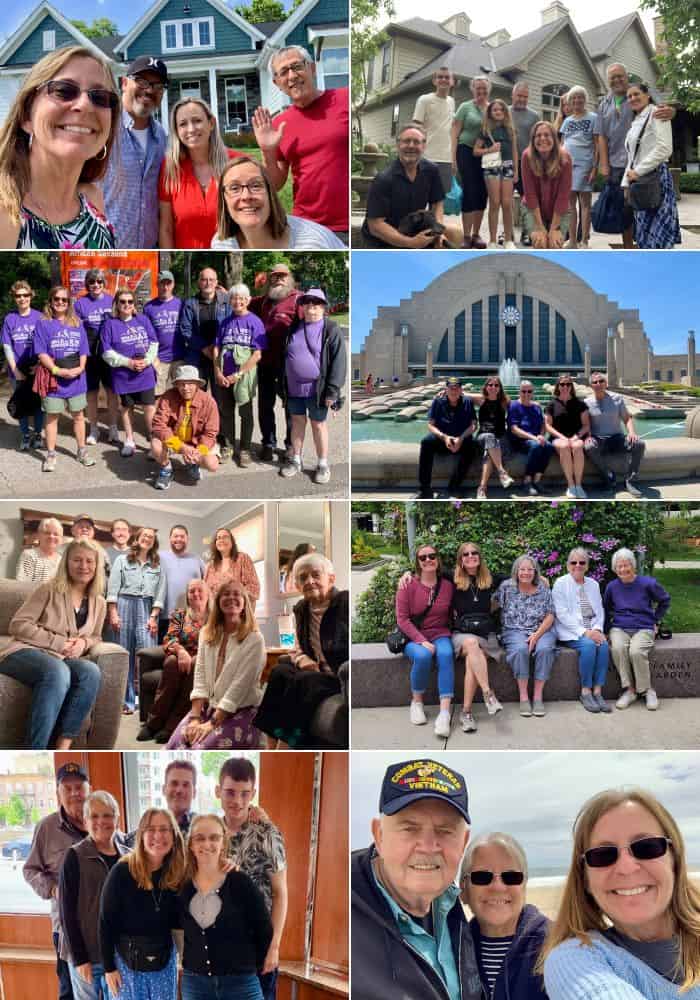
Thanks for reading, “Budget breakdown for a trip to the USA.”
About Ellen

Ellen and spouse Tedly started a budget slow travel lifestyle in 2015. She was diagnosed with early-stage breast cancer while traveling in Europe in 2018 through an annual mammogram. She had a double mastectomy in Croatia, recovered from surgery, and kept traveling.
As a recovered alcoholic, Ellen seeks out spiritual growth opportunities in a variety of ways during her travel life, including service work, volunteering, and the occasional silent meditation retreat.
Recent posts:

Boycotts of American brands & uncomfortable questions for us travelers
Ellen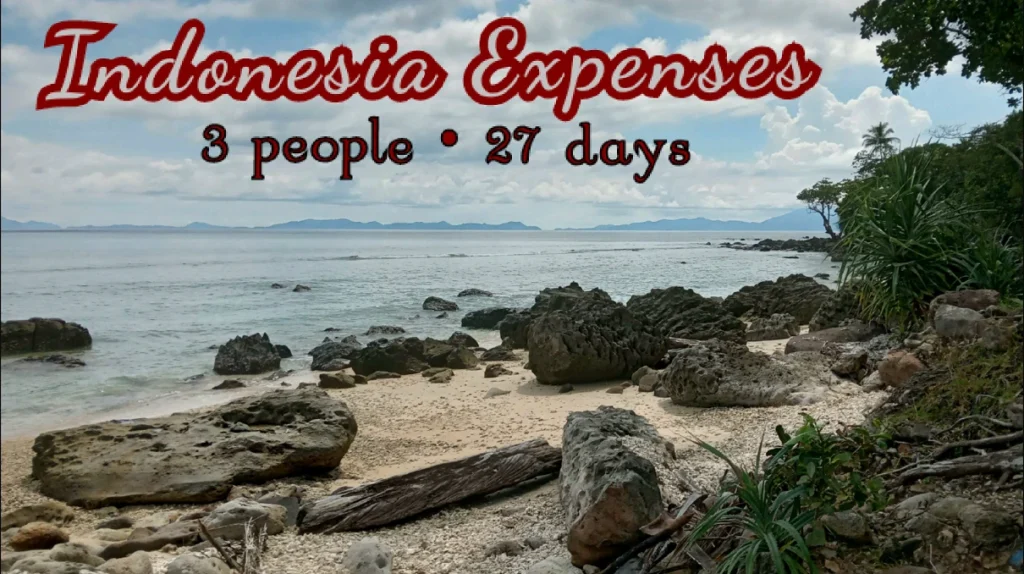
Indonesia expenses: Sumatra spending summary
Theo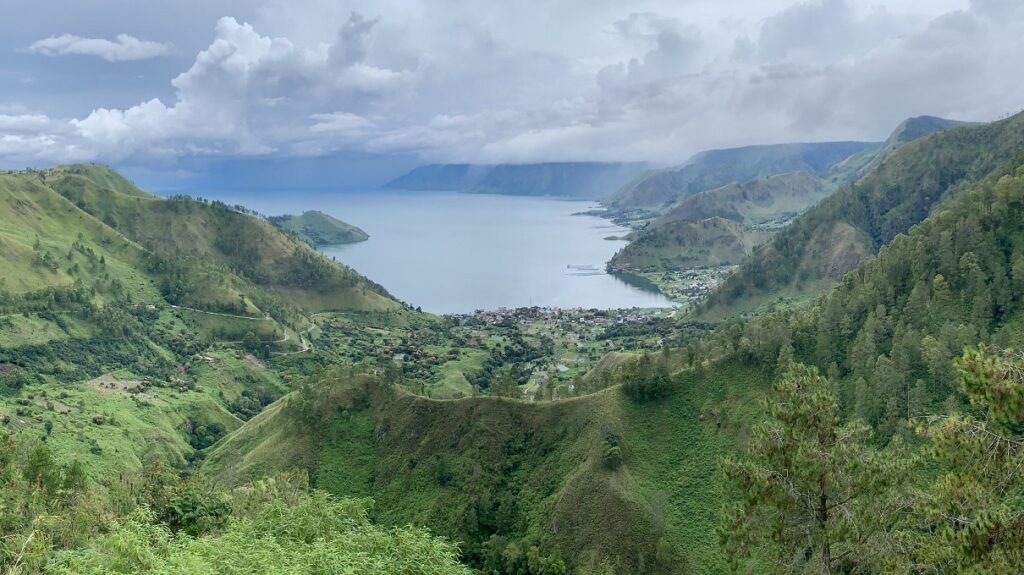
Escape from reality: 5 Breathtaking views on a budget in Sumatra
Ellen
Extraordinary two-day orangutan trek in Sumatra
Ellen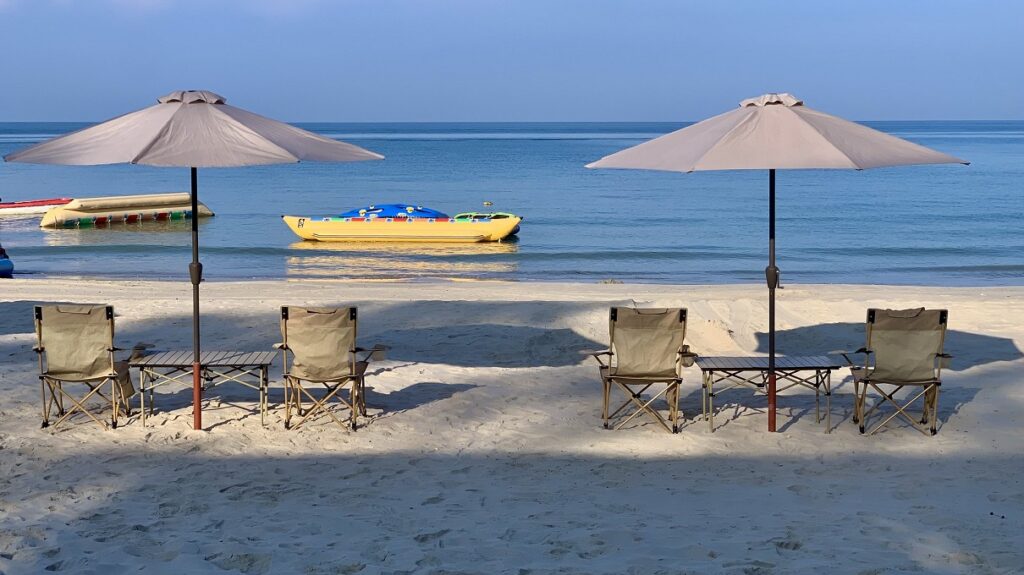
Port Dickson is quiet and peaceful for budget slow travelers
Ellen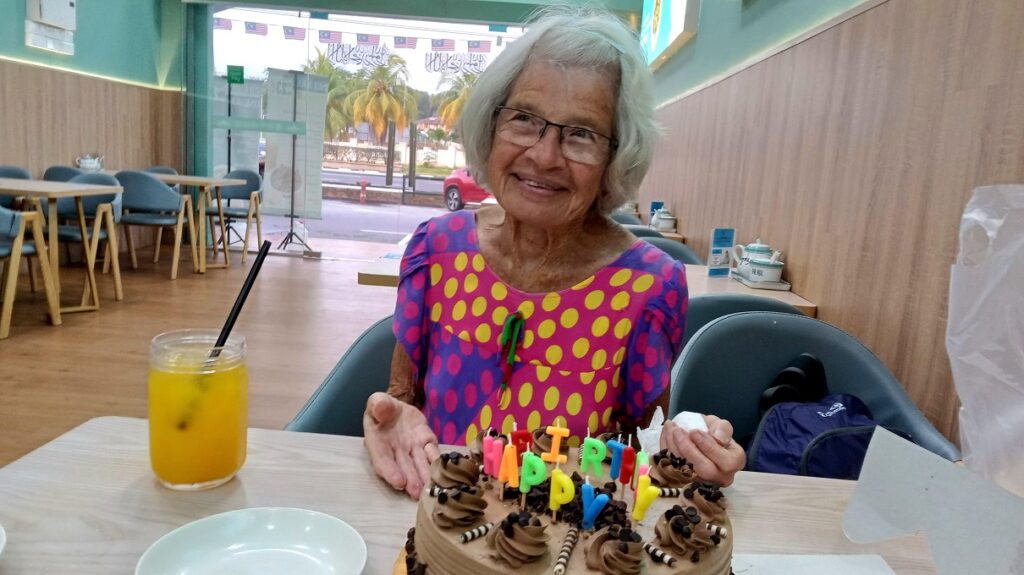
“Happy Birthday, Mom!”
Theo
Kortn’s Crib: Video tour of our Airbnb in Port Dickson, Malaysia
Theo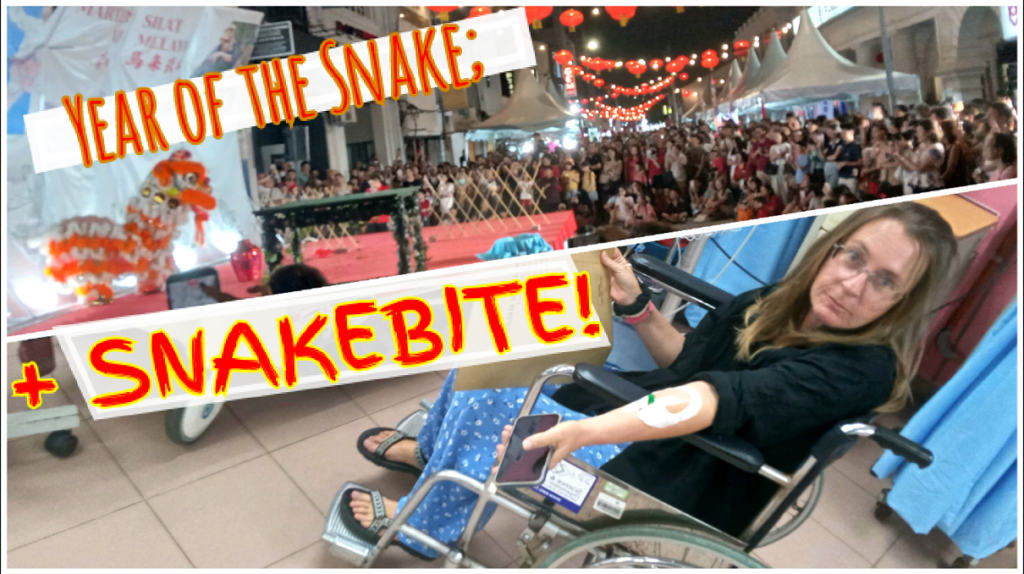
2025 – Year of the Snake bite
Theo
Affordable grocery prices in East Asia
Theo
Mom meets us in Malaysia
Theo
Commentary: Yellow Journalism & Global North denial
Ellen
2024 Total expenses for budget slow travel around the world
Theo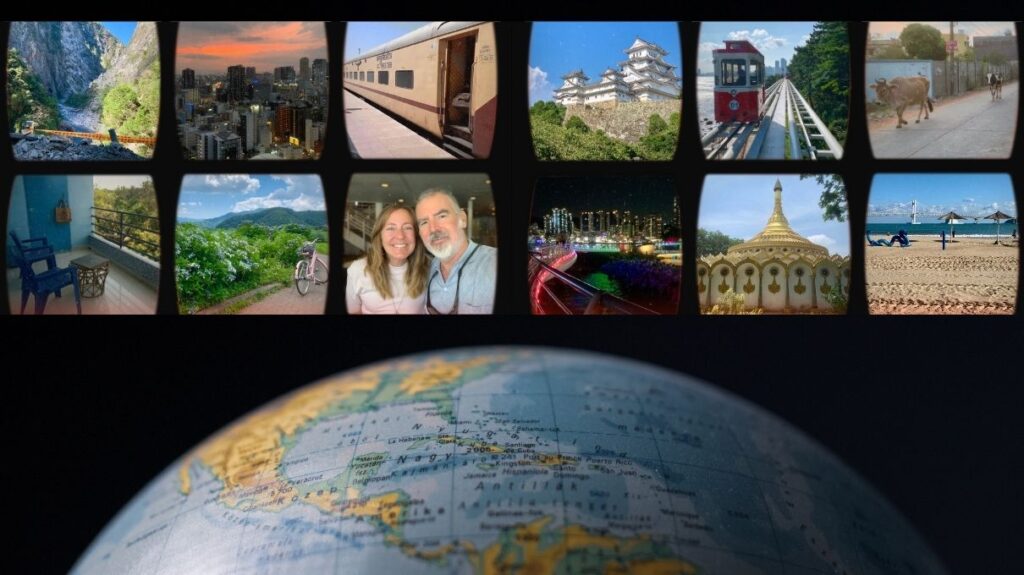
Budget slow travel for under $2,500 a month in 2025
Ellen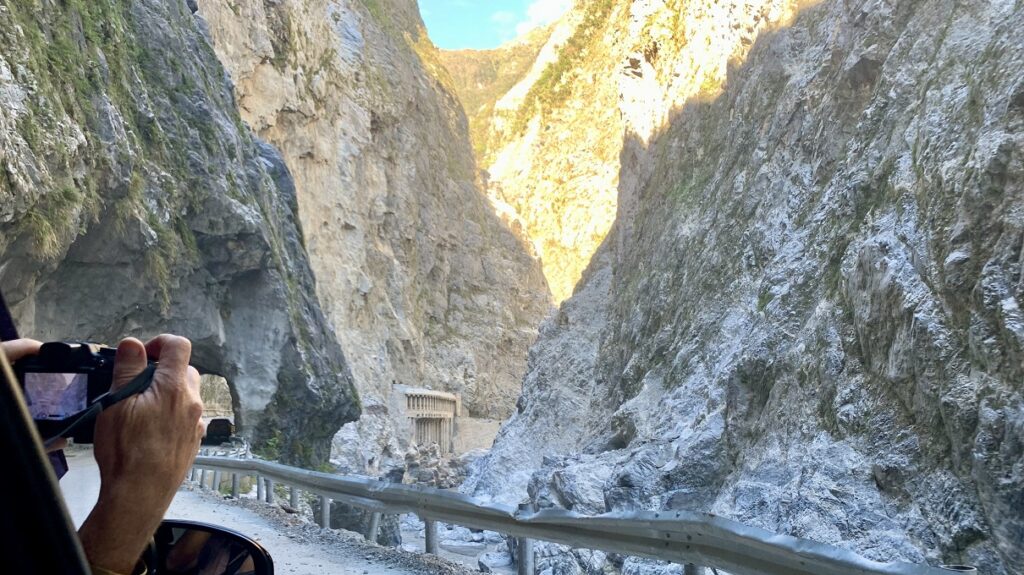
Earthquake tour in Taroko – the world’s largest marble gorge
Ellen
Health care and Greatest hits in Taipei
Ellen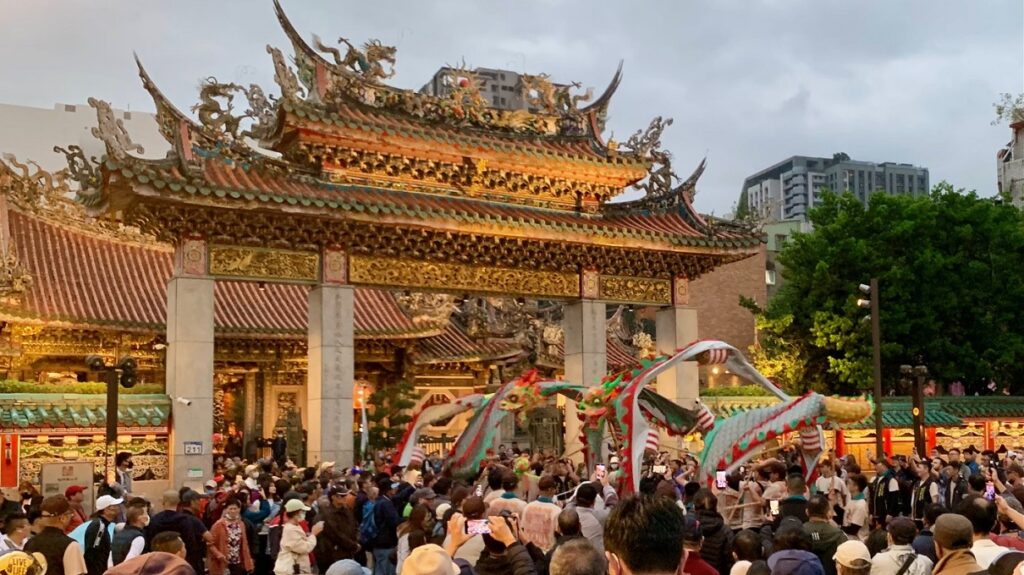
First impressions of Taipei for budget slow travel in early retirement
Ellen
What it cost to live in Seoul 1 month as budget slow travelers
Theo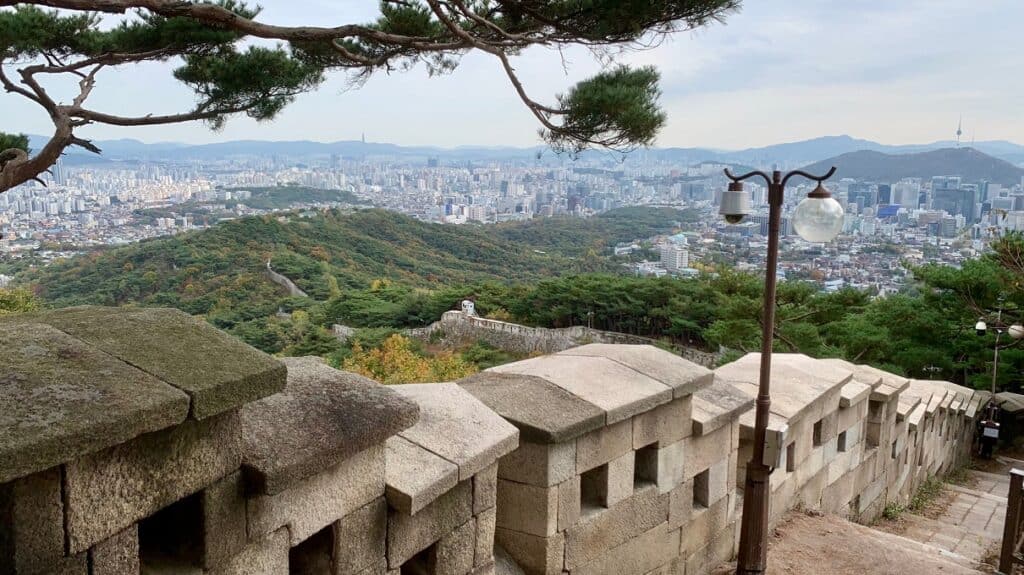
Ancient city wall around Seoul for older budget slow travelers
Ellen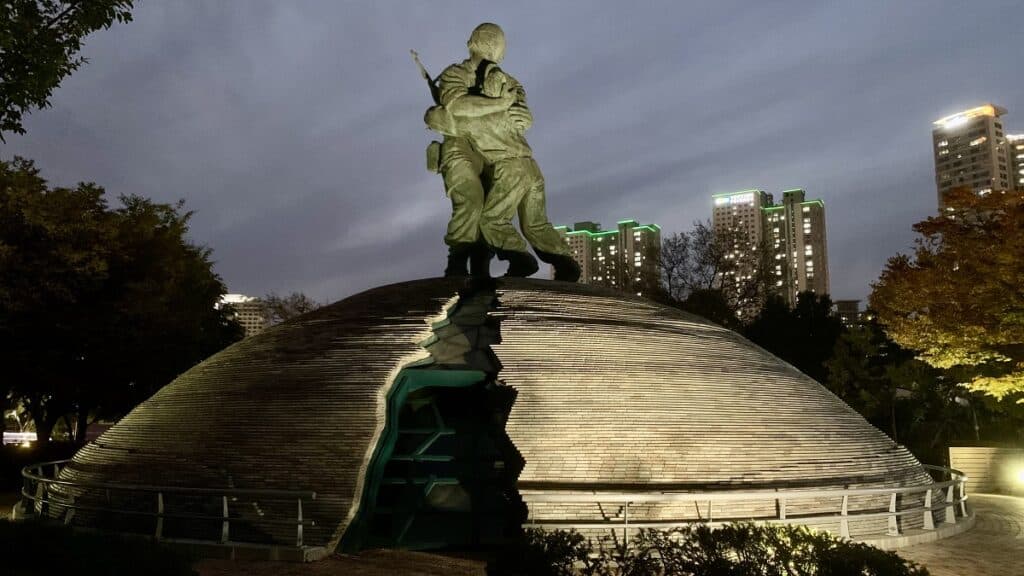
What it’s like for a traveler near the Korean border in these crazy times
Ellen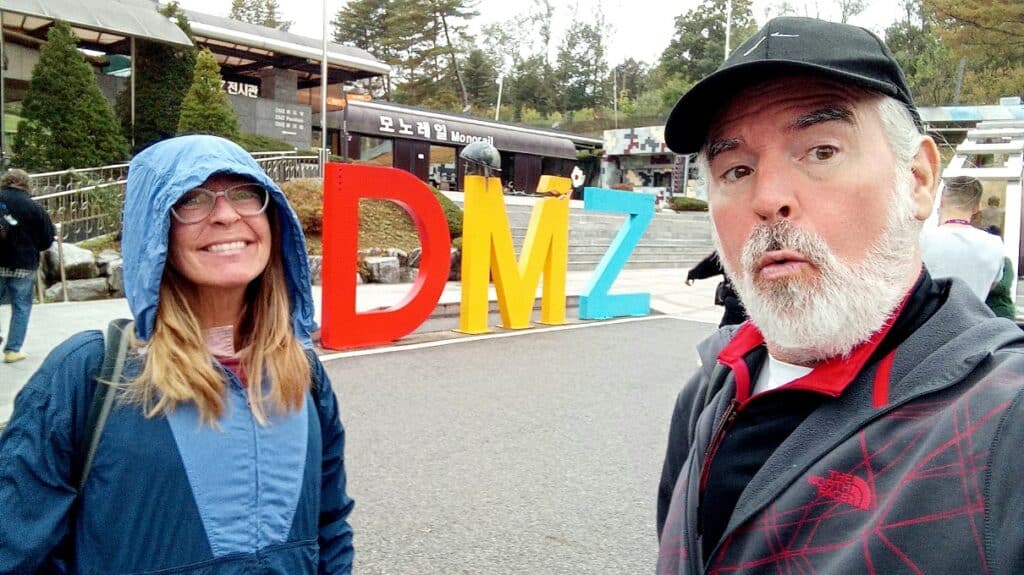
Korean DMZ: What it’s like and how to save money getting there
Theo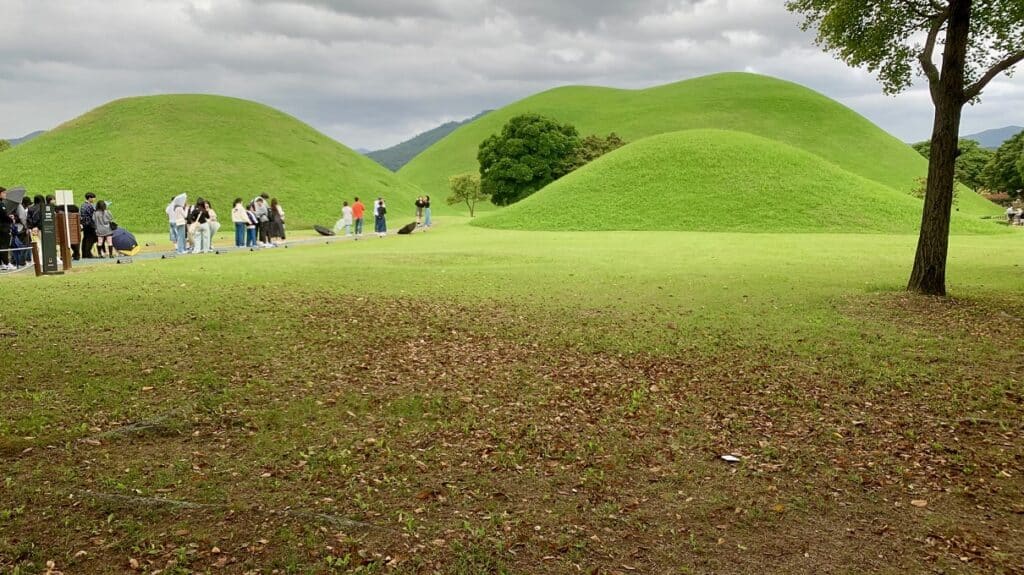
Gyeonju – Land of kings & Buddhas for budget slow travelers
Ellen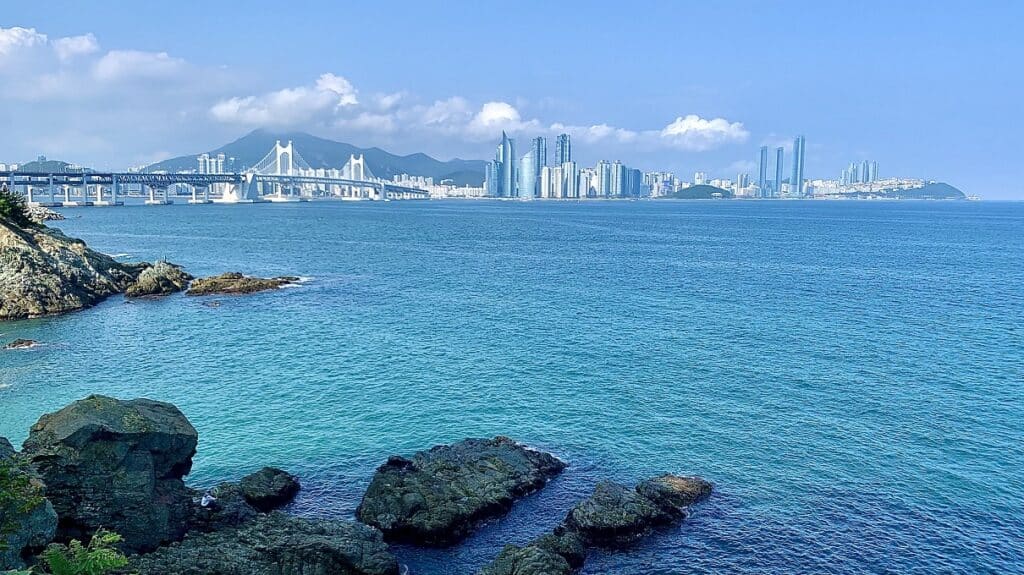
7 Great reasons budget slow travelers should visit Busan, South Korea
Ellen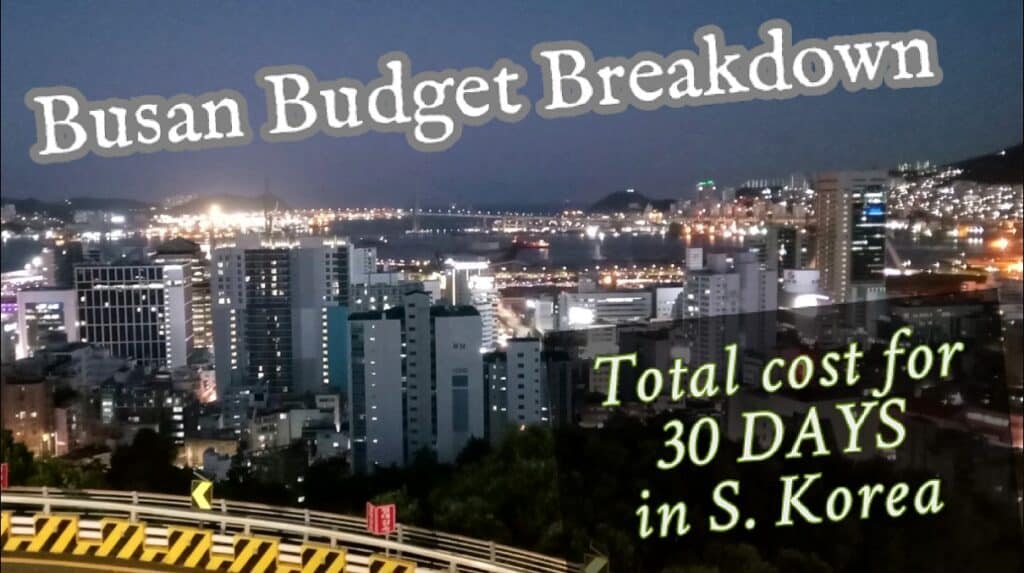
Back on budget in Busan
Theo
Breast Cancer ‘Detection’ Month
Ellen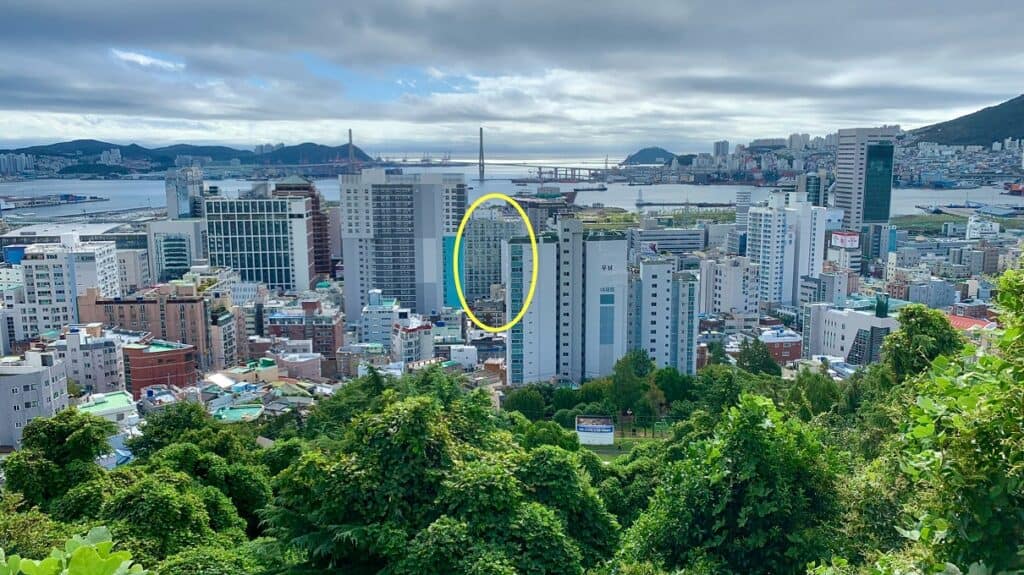
‘Kortn’s Crib’ in Busan, South Korea
Theo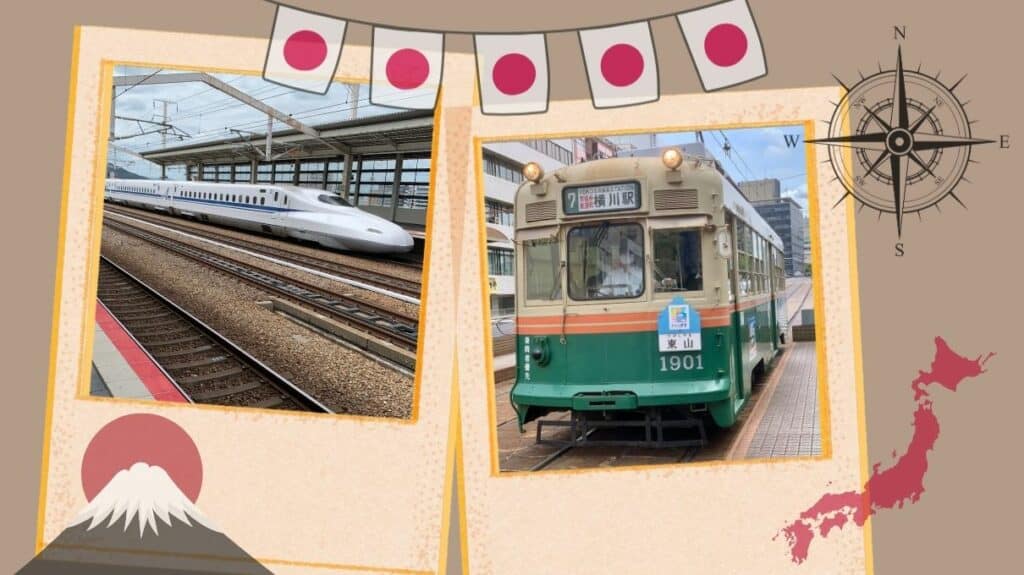
Budget breakdown: Travel in Japan
Ellen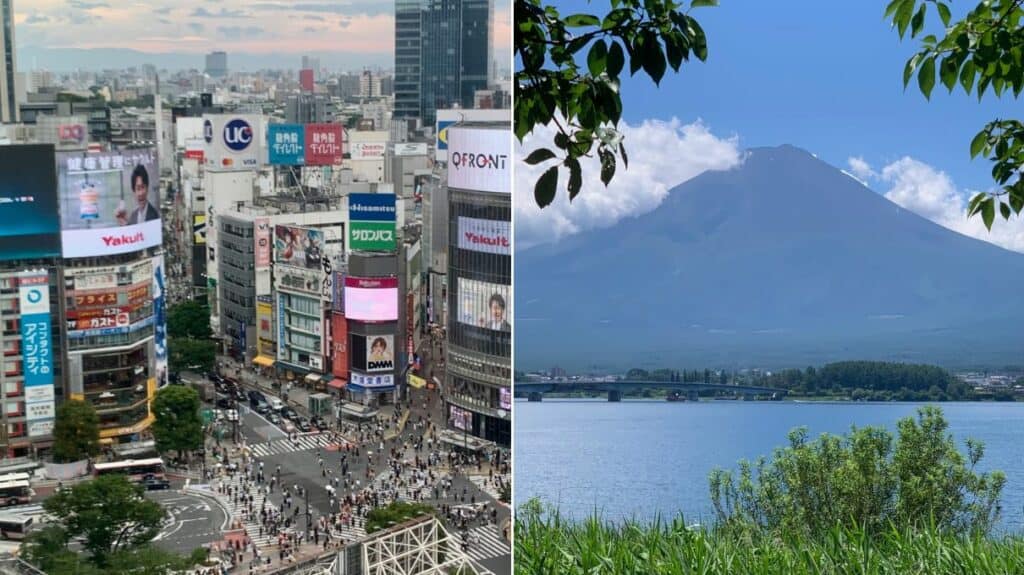
What our entertainment cost in Tokyo & Mount Fuji
Ellen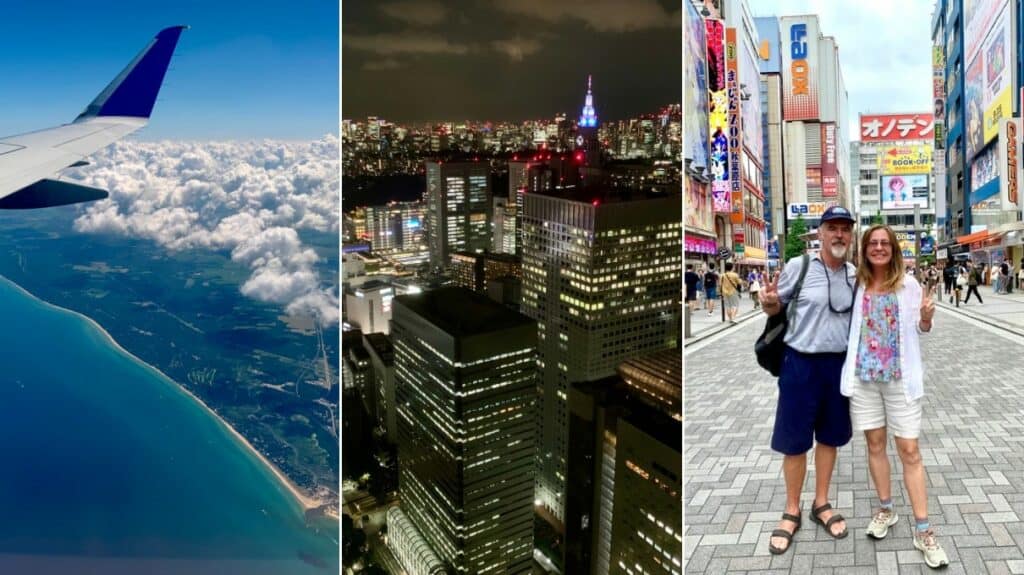
Solo journey to meet in Tokyo & our first few days there
Ellen
Unusual anniversary apart for Earth Vagabonds
Theo
Earth Vagabonds work for Ati tribe – again – during budget slow travel adventure
Theo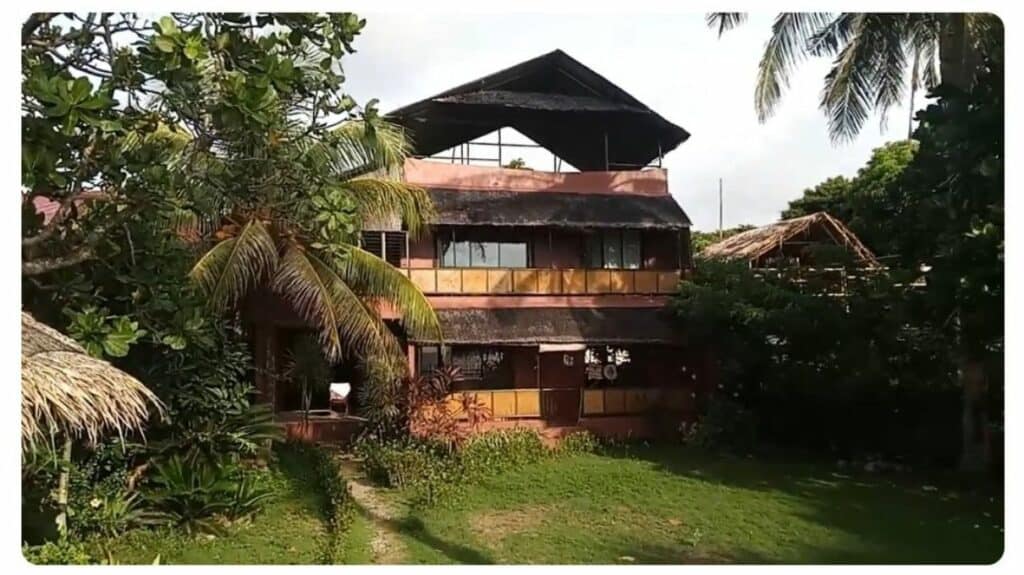
Kortn’s Crib, solo edition: Malay, Philippines 2024
Theo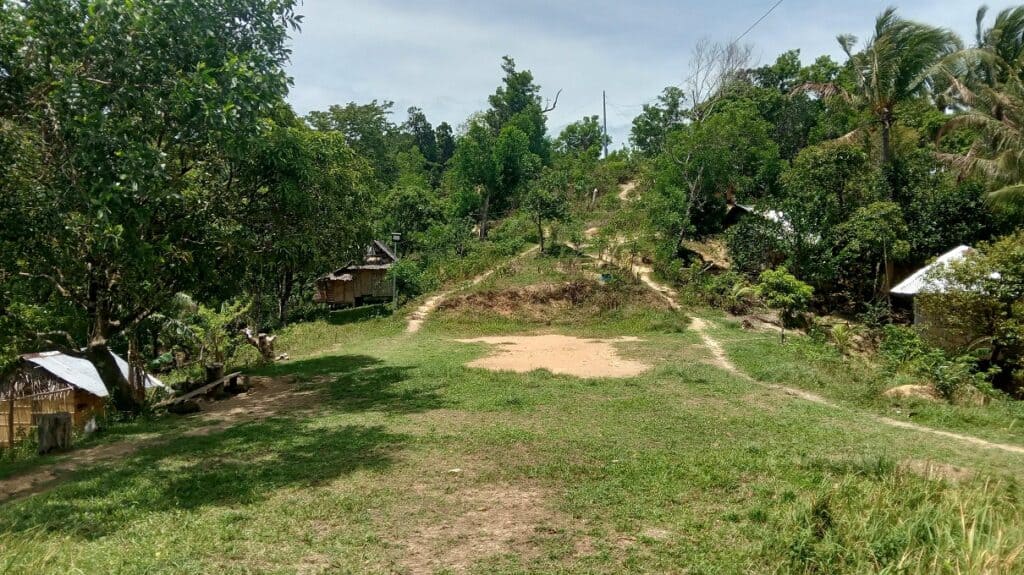
Return to Kurong – the Ati mountaintop village we helped in pandemic days
Theo

